[ Play3D & DeepV Shrine ]



A shrine dedicated to the forgotten duo of Netscape plugins from ~1995-2001.
What are they?
Developed by Mark Carolan aka Heads Off in late 1995 and released in March 1996, Play3D was a simple Netscape plugin for displaying interactive 3D scenes embedded directly into a webpage. According to the author, it was designed for minimum bandwidth delivery and maximum performance.
In the earliest Wayback Machine mirror from November 1996, it was already listed under a section called DeepV - Play3D, but this version doesn't explain what DeepV actually was. That changed a month later, in December 1996, when the author explained: DeepV is the name for the current series of cross-platform 3D class libraries used by Heads Off.
In the next mirror from March 1997, we learn that Play3D had been retired and replaced by DeepV2:
My reason for creating DeepV2 is to provide web designers and multimedia authors, as well as Visual Basic and Java scripters, access to fast vector-based 3D using freely-available technology. It is intended not as a VRML alternative, but as a lightweight add-in. And like the original Play3D, it can be easily customized at a source code level if a site wishes to offer clients a proprietry plugin.
Now, this is where a gap in the history appears. The next snapshot is from seven months later, in October 1997. All the previous information about the plugins had been removed, but the author added a gallery showcasing three new DeepV examples, without any additional info. After that, the website received a few small updates (for example, in November 1998), and the last mirror of this version is from April 1999.
The next available mirror comes much later, in August 2000, showing a redesigned layout of the site. While this new version still included a link to DeepV, it didn't feature any new content or updates about it. The final snapshot of the site is from December 2001, after which it appears to have gone offline permanently.

You can check (the most of) games/animations mentioned below by yourself in the:
{ }
}
Play3D
The Play3D scenes are a compilation of several different file types:
.p3d - the main file with the list of assets used by the app
.scn - contains information how 3D objects are positioned and behave within the scene, including their properties and how they interact with each other
.rwx - 3D models, which are RenderWare script files in plain text format (ASCII) that defines an object's geometry using vertices, polygons, and material data (source)
.bmp - the background image
.mid and .wav - MIDI music and sound effects
There are only two known applications made for this plugin: Rotating head with MIDI and Runway. While the first one was distributed on various shareware CDs and also included in a downloadable .zip on its homepage, Runway is unfortunately considered lost media. Only its main file is preserved in the Wayback Machine, and most of the required assets are missing, making the demo unplayable in its current state.
Rotating head with MIDI
Its title tells you literally everything you need to know. You clicked on a game called Rotating head with MIDI, and you got Rotating head with MIDI. Nothing less, nothing more, nothing else.
Maybe that's why it ended up on Flashpoint's Memes Playlist. Maybe it's the hypnotizing, rotating low-poly head. Maybe both.
But I can assure you - interacting with this forgotten piece of technology, from a time when Netscape was getting new plugins almost daily, is an unforgettable experience.
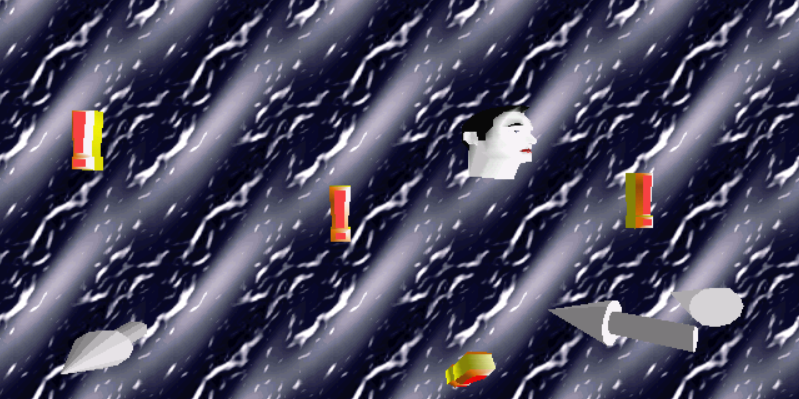
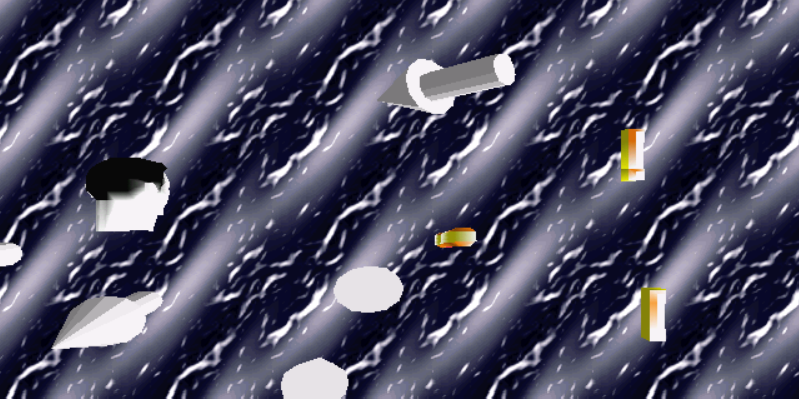
The plugin allows you to import your own models and textures into the scene, so I made my own, Flashpoint-themed version (+source of that triangular model I used just because it looked cool).
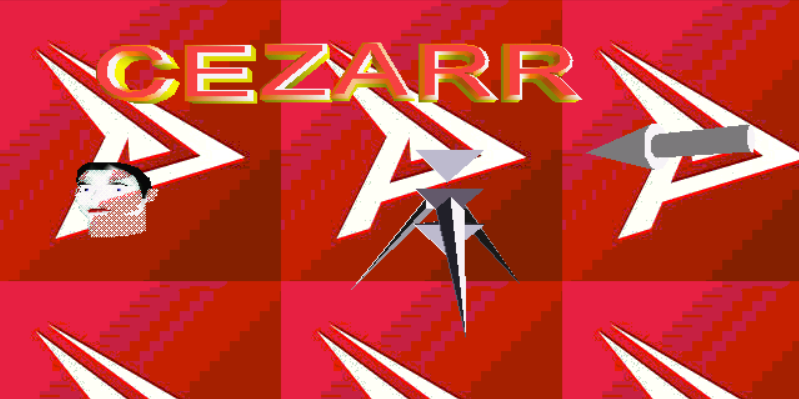
I even found the same set of 3D models that the original exclamation mark (ext033.rwx) came from. It also contains one model used in the lost Runway - facet6.rwx, but that alone isn't enough to make the scene playable.
Btw: facet means guy, dude in Polish.
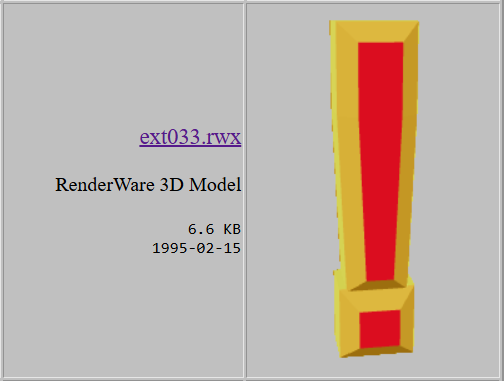
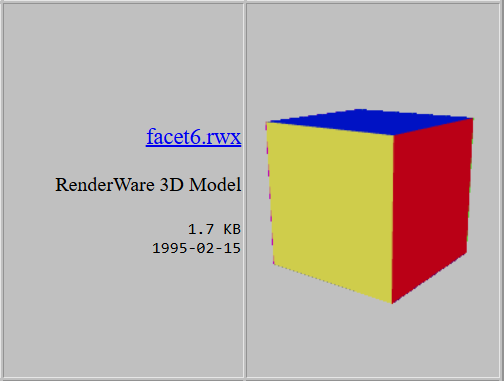
DeepV
There are five known apps that utilize this plugin, and fortunately, all of them have been preserved (but at the time of writing, two of them aren't available in Flashpoint yet).
Version 1.0.0.7 (or, according to the plugin file itself, 1.0.0.1)
Both examples are simple 3D models that you can examine from various angles. Additionally, this version of the plugin requires Microsoft's DirectX to run, specifically the Direct3D component. According to the author, DeepV was capable of running Microsoft's .x mesh files, but no known example takes advantage of this feature (unless the .DeepV format is a camouflaged .x files, but there's no information available to support that theory).
The first screenshot below was taken on Windows XP running in VirtualBox. The second was taken in Flashpoint, installed on Windows 10.
Cube

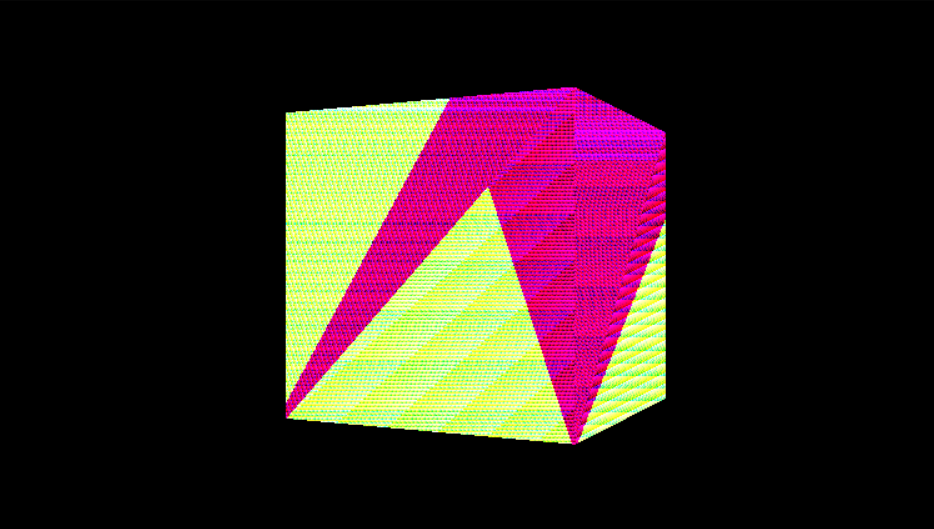
Dropship
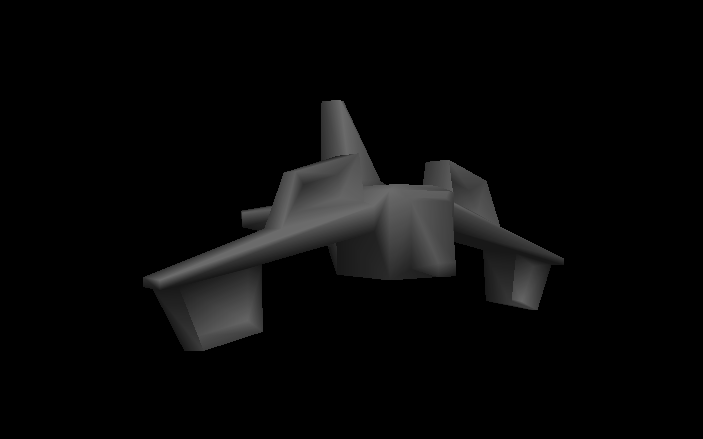
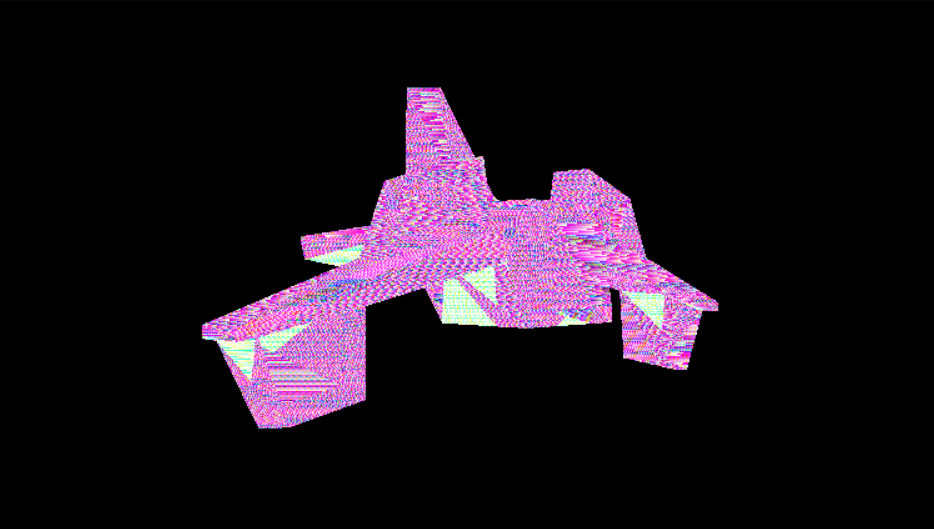
Version 3.2.0.0
Probably due to the previously mentioned gap in the Wayback Machine's mirrors, very little is known about this version. As the developer themself wrote:
DeepV is a very small browser plugin for Windows 95, 98 and NT 4 that produces animated graphics effects.
Cruiser
A demonstration game featuring an endlessly generated 3D scene. There's no goal, just you, alone on an empty, otherworldly terrain under a completely black sky. It's my favorite example from this plugin, thanks to its eerie atmosphere.

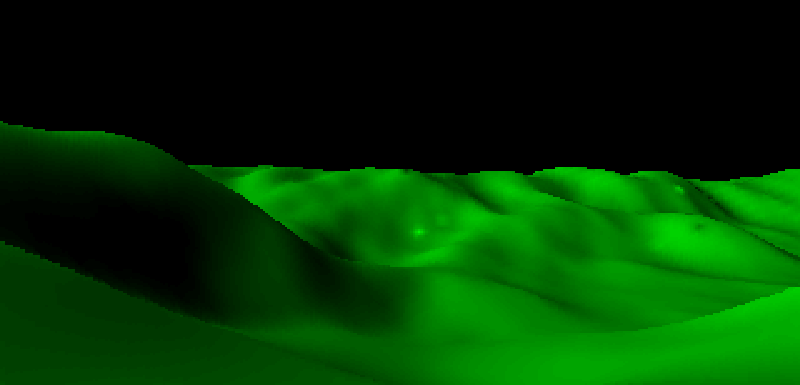
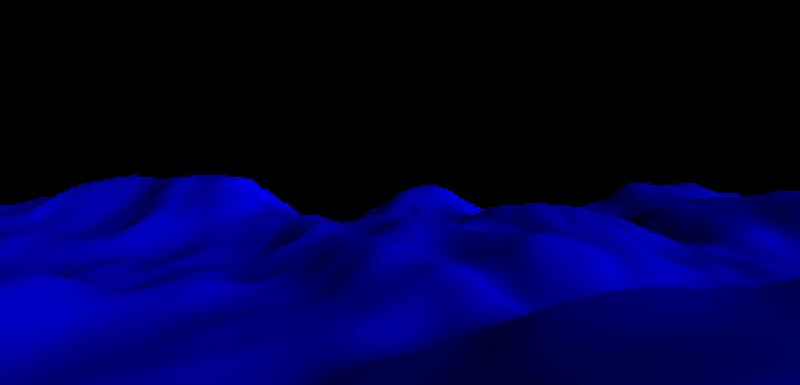
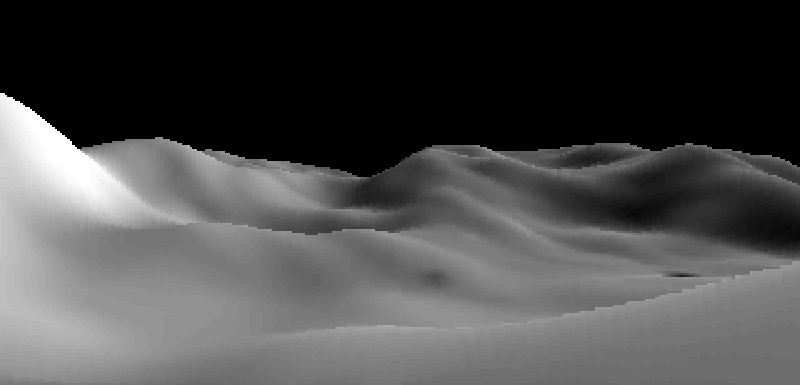
a little greenery
An animation that begins with a few dark green blobs on a light green background. They quickly fly away, leaving you with an endless green waterfall flowing upward.
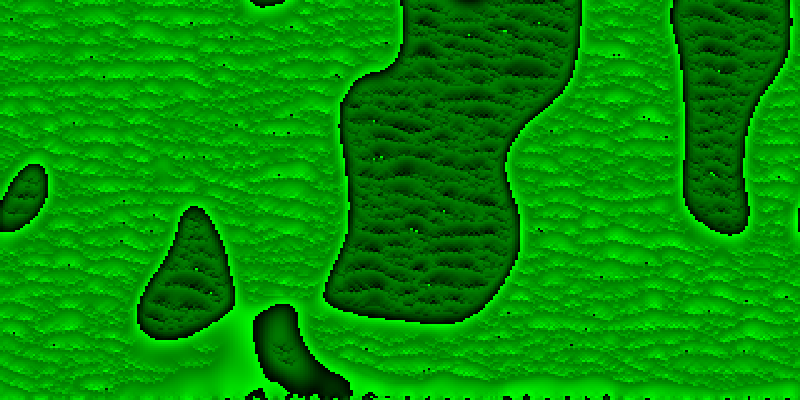
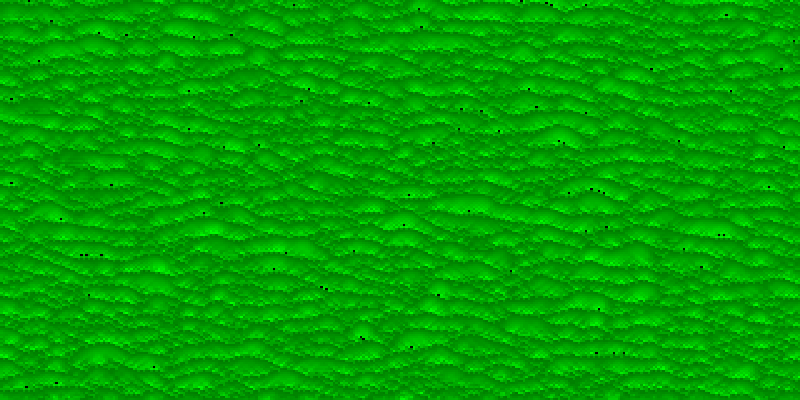
some digital wallpaper
A looped animation where purple pixels (sometimes sharp, sometimes blurred) move in one of the four cardinal directions. Very acidic.
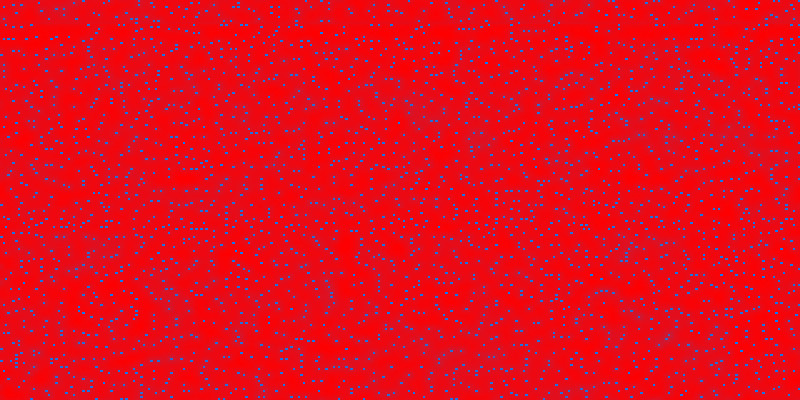
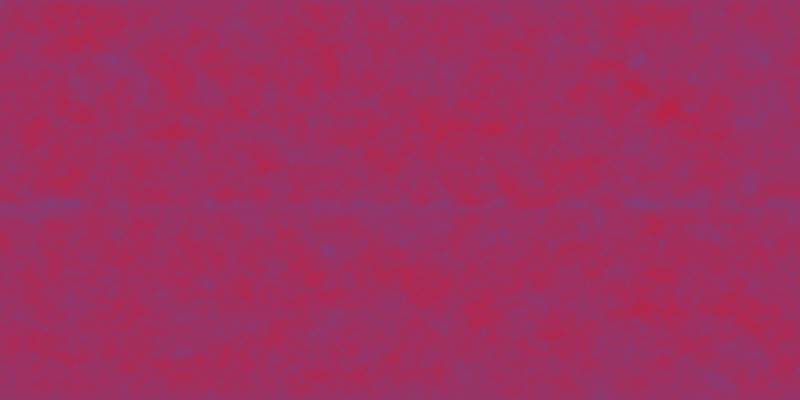
Other Mark Carolan works
Cock-a-doodle-do aka Wakey32 (~1996)
Cock-a-doodle-do! Turn your expensive PC into a cheap alarm clock. Great rural feel. For Windows 95/NT or Windows 3.1
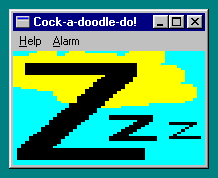
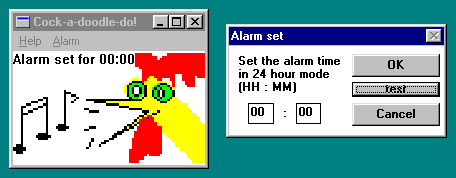
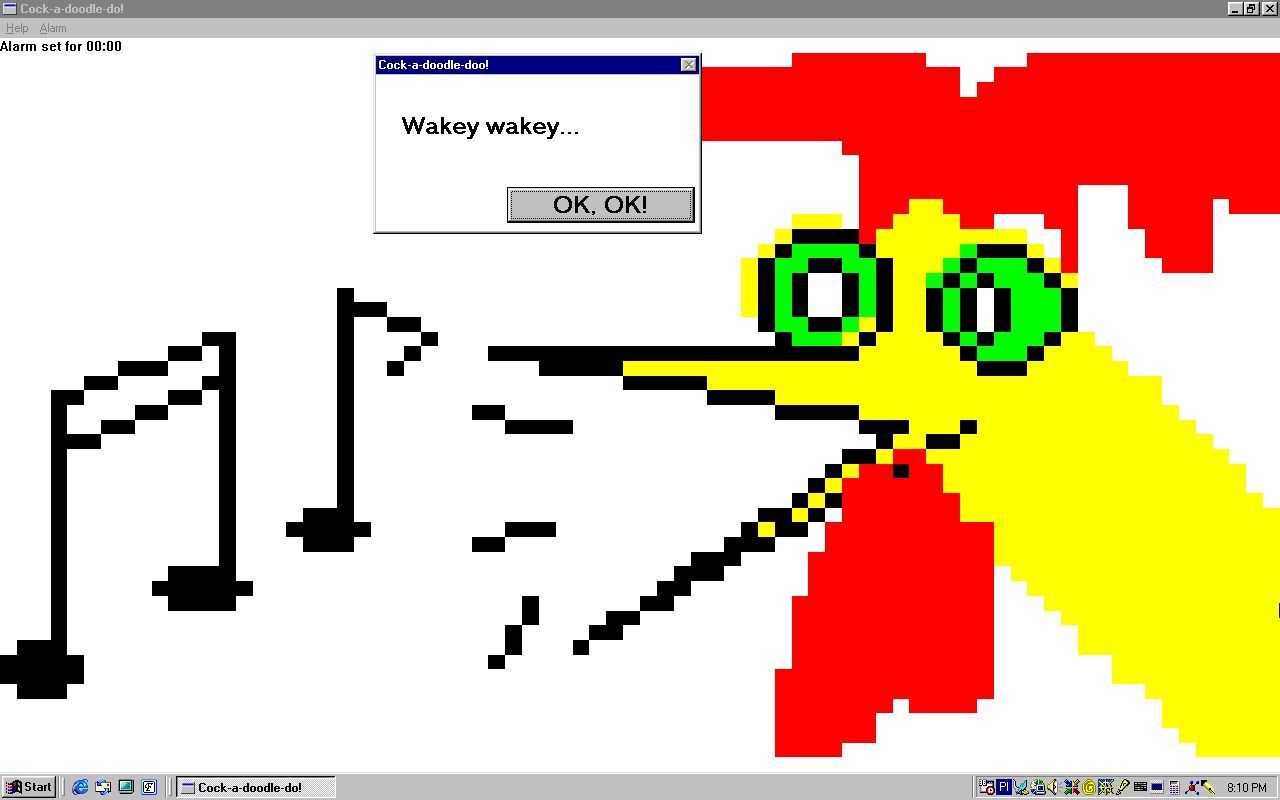
The Robot Factory aka The Robot Shop (~1996, Adobe Shockwave)
A counting game for kids. The talking numbers get young kids into identifying numbers. Simple additions and subtractions are presented in a fun way for those learning to do basic math. This was a prototype for a project, and the first Lingo script to be attempted by Heads Off.
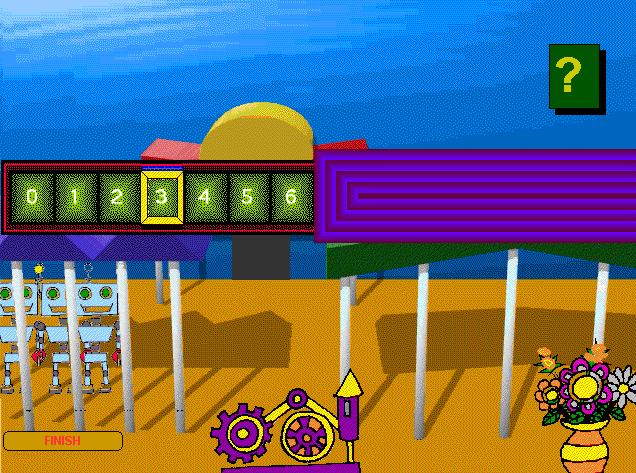
Fat (~1997, Adobe Shockwave)
Your task is to get as fat as possible by trying to get the food before the fat man does. Fattest wins. Watch out, he's not only greedy, but lazy. If you are carrting food, he may take it of you.
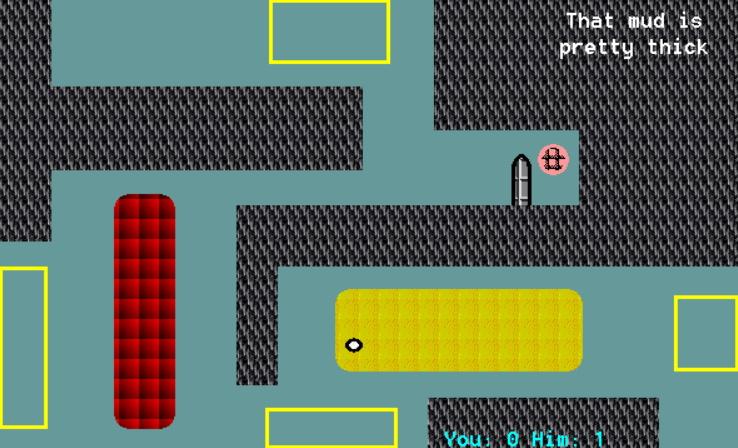
Heads Off Website Introduction aka brolly.swf (~2000, Adobe Flash)
Converted from Flash to .mp4 using Swivel (my god, that beautiful UI from the Windows 7 era) and then to .gif using Ezgif.
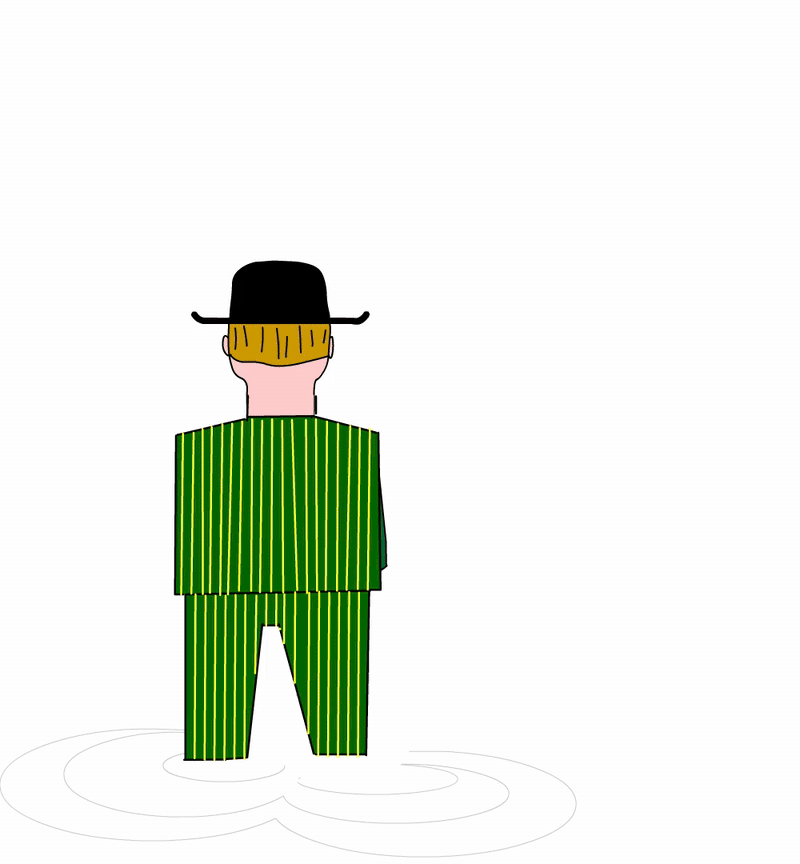
There are also:
Two Java components for Netobjects Fusion: NavShrub and MetaKey (source)
Extension module for Macromedia Director: MyFolder (sources: 1, 2)
The Memory Game: I just haven't managed to get it working (some kind of Macromedia Player 4.0 error, source)
He made other apps too, but unfortunately, they appear to be lost:
Games: Dodgy Games, Doris is lost (the irony speaks for itself), JMaze (sources: 1, 2, 3)
DirectX 6 demos: Car and Mixer (source)
Utilities: ASPSpiderBait, MailTo (sources: 1, 2)
At the end, how did I know about these plugins?
Because I added support for them to Flashpoint Archive, back in 2021 ;)
